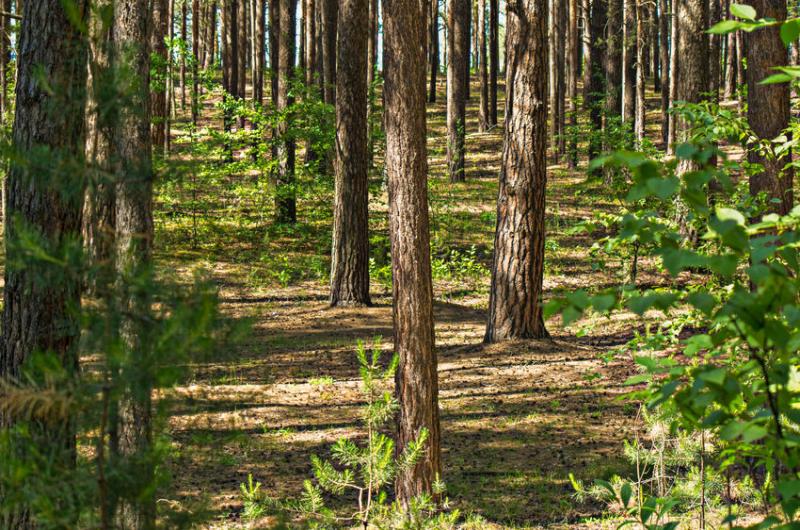
A research project is looking at promoting agroforestry with hopes it could change how the British countryside looks and functions in the future.
The results of the four-year Cranfield University project entitled AGFORWARD (AGroFORestry that Will Advance Rural Development) will demonstrate the benefits of integrating trees in a range of farming systems.
It will work with more than 800 farmers in 40 separate groups, investigating diverse farming methods in different climates across Europe.
The aim is to research different agroforestry practices, helping to advance rural development through improved competitiveness and to support social and environmental improvement in farming practice.
The changes within agriculture in the last 50 years have encouraged larger fields, the removal of hedgerows and a more simplified system of farming.
The efficiency of labour use has increased with mechanisation, but the downside is that this can create a less diverse environment with reductions in soil carbon and health, increased soil erosion and runoff, and reduced numbers of farmland birds.
Awareness of trees
New remote sensing and data analysis techniques are also increasing awareness of trees outside of forests.
A Forestry Commission study, based on 2016 data, indicates that 19% of all tree cover in Britain occurs in woods smaller than 0.5 ha, groups of trees and lone trees, equivalent to 3.2% of the land area in Britain.
Dr Paul Burgess, Reader in Crop Ecology at Cranfield, said historically, agriculture and forestry have been managed and regulated separately.
“With recent concerns around food security, a demand for bioenergy, a need to reduce flooding, and to increase carbon sequestration and biodiversity, we need a new joined-up approach to land use,” Dr Burgess said.
“One way to maintain production and gain environmental benefits is to work with farmers to identify how integrating trees can produce more sustainable farming systems while maintaining or increasing profitability.”
Greater incentives
With each climatic region there are different considerations and needs. Systems in the UK include cattle grazing in Epping Forest, grazed orchards, silvoarable systems, when crops are grown simultaneously with a long-term tree crop to provide annual income while the tree crop matures, and woodland egg production.
Working with European Agroforestry Federation, the project will produce 15 policy recommendations, for review at EU level. These recommendations can also be applied in the UK as the UK leaves the Common Agricultural Policy.
The reduction in direct payments and a greater focus on payment for public services, proposed by the UK Government, could provide farmers with greater incentives for integrating trees on farms.
Dr Burgess concludes: “Agroforestry, put simply, is the integration of trees with farming. The project has demonstrated that agroforestry practices enhance biodiversity, increase carbon sequestration and reduce runoff, and they can improve animal welfare whilst maintaining agricultural production.”
